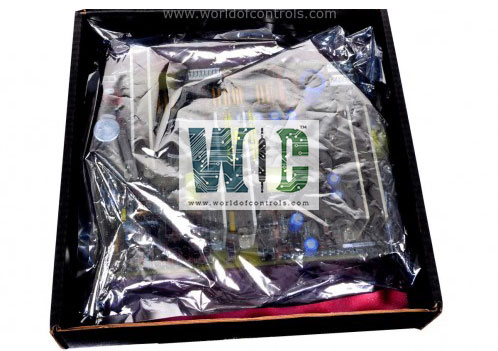
World Of Controls understands the criticality of your requirement and works towards reducing the lead time as much as possible.
IS215USVGH1AB - VME Controller Module is available in stock which ships the same day.
IS215USVGH1AB - VME Controller Module comes in UNUSED as well as REBUILT condition.
To avail our best deals for IS215USVGH1AB - VME Controller Module, contact us and we will get back to you within 24 hours.
Part No.: IS215USVGH1AB
Manufacturer: General Electric
Country of Manufacture: United States of America (USA)
Operating temperature: 0 to 70o C
Storage temperature: -40 to 80o C
Microprocessor: Intel Ultra Low Voltage Celeron 650 MHz
Product Type: VME Controller Module
Availability: In Stock
Series: Mark VI
IS215USVGH1AB is a VME Controller Module developed by GE. It is a part of the Mark VI control system. The board represents a pinnacle of efficiency and connectivity in the realm of embedded systems. Powered by an Intel Ultra Low Voltage Celeron 650 MHz processor, this single-slot board boasts an impressive combination of processing power and energy efficiency.
The WOC team is always available to help you with your Mark VI requirements. For more information, please contact WOC.
What is IS215USVGH1AB?
It is a VME Controller Module developed by GE under the Mark VI series.
How does the board facilitate connectivity?
The board is equipped with two Ethernet ports featuring RJ-45 connectors. The first Ethernet port allows connectivity to the UDH for configuration and peer-to-peer communication, while the second port provides additional networking capabilities.
What are the primary applications of the board?
The board is suitable for a wide range of applications, including industrial automation, embedded systems, IoT devices, gateways, and edge computing platforms. Its processing power, networking capabilities, and energy efficiency make it versatile for various industrial and networking applications.
How does the board handle configuration and communication tasks?
By leveraging the first Ethernet port, the board establishes connectivity to the UDH, enabling configuration and peer-to-peer communication within the network. This allows users to customize settings and parameters as well as facilitate data exchange between connected devices.